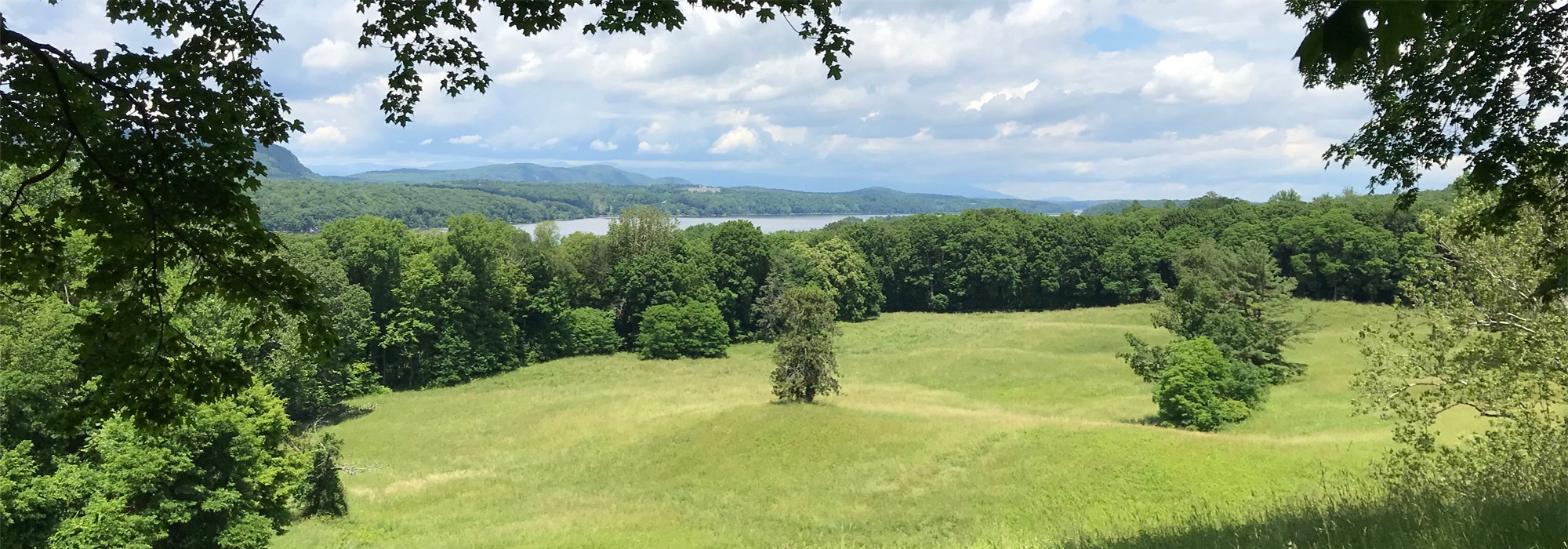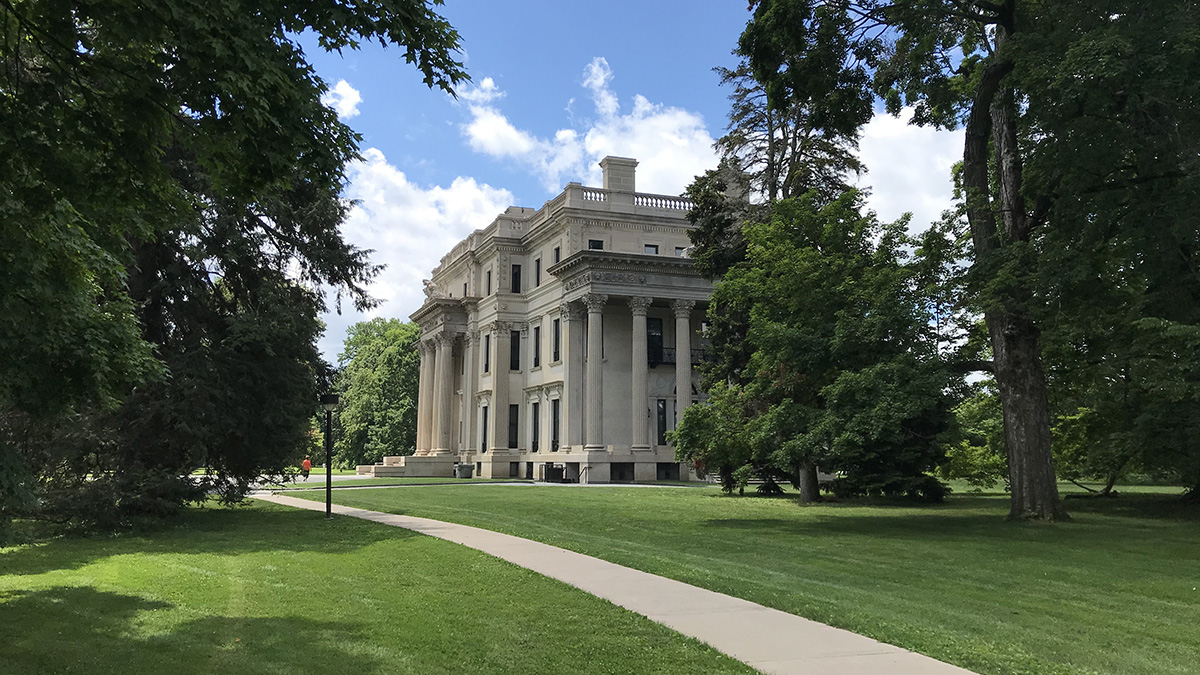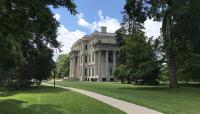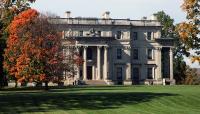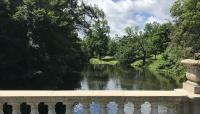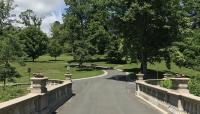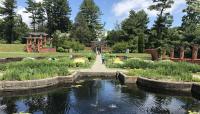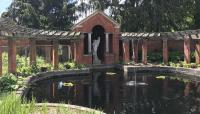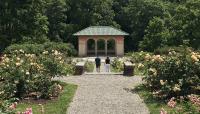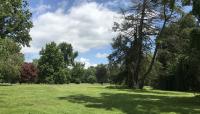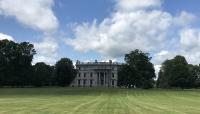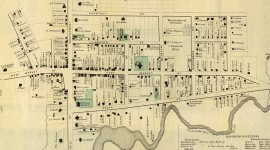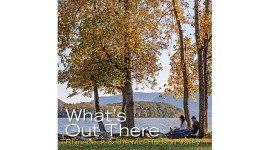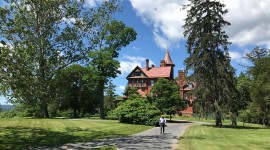Landscape Information
Built in 1828 along the banks of the Hudson River, this property is one of André Parmentier’s rare extant works, and one of the oldest Picturesque landscapes in the United States, predating New York City’s Central Park and the Rural Cemetery movement. It features long curvilinear drives and paths in a setting that combines structured vistas of woodlands and lawns interspersed with sections of wilder native landscape. In 1835 the Langdon family purchased the property and relocated the terraced formal gardens to their present hillside location.
In 1895 Frederick Vanderbilt purchased the estate and 676 acres for a country house and extensive farm. He commissioned McKim, Mead & White to design a Beaux - Arts mansion overlooking the river, building the new structure on the footprint of its predecessor. Vanderbilt also altered the formal terraces to include a simple annual garden and formal Italianate gardens designed by James Greenleaf.
Between 1910 and 1913 Vanderbilt hired Robert Cridland to redesign the northern portion of the Italianate garden as a cherry tree lined walk. Cridland also collaborated with Thomas Meehan and Sons to expand the formal gardens with a new rose garden. The southern portion of Greenleaf’s Italianate garden remained intact, with geometric perennial beds and a reflecting pool backed by a brick loggia.
Following Vanderbilt’s death, 212 acres were transferred to the National Park Service. Restoration of the gardens, which deteriorated after World War II, was begun in the 1980s. The property is administered by the National Park Service alongside Home of Franklin D. Roosevelt National Historic Site and Eleanor Roosevelt National Historic Site. The site was listed in the National Register of Historic Places in 1966 and is located within the Hudson River Valley National Heritage Area.



